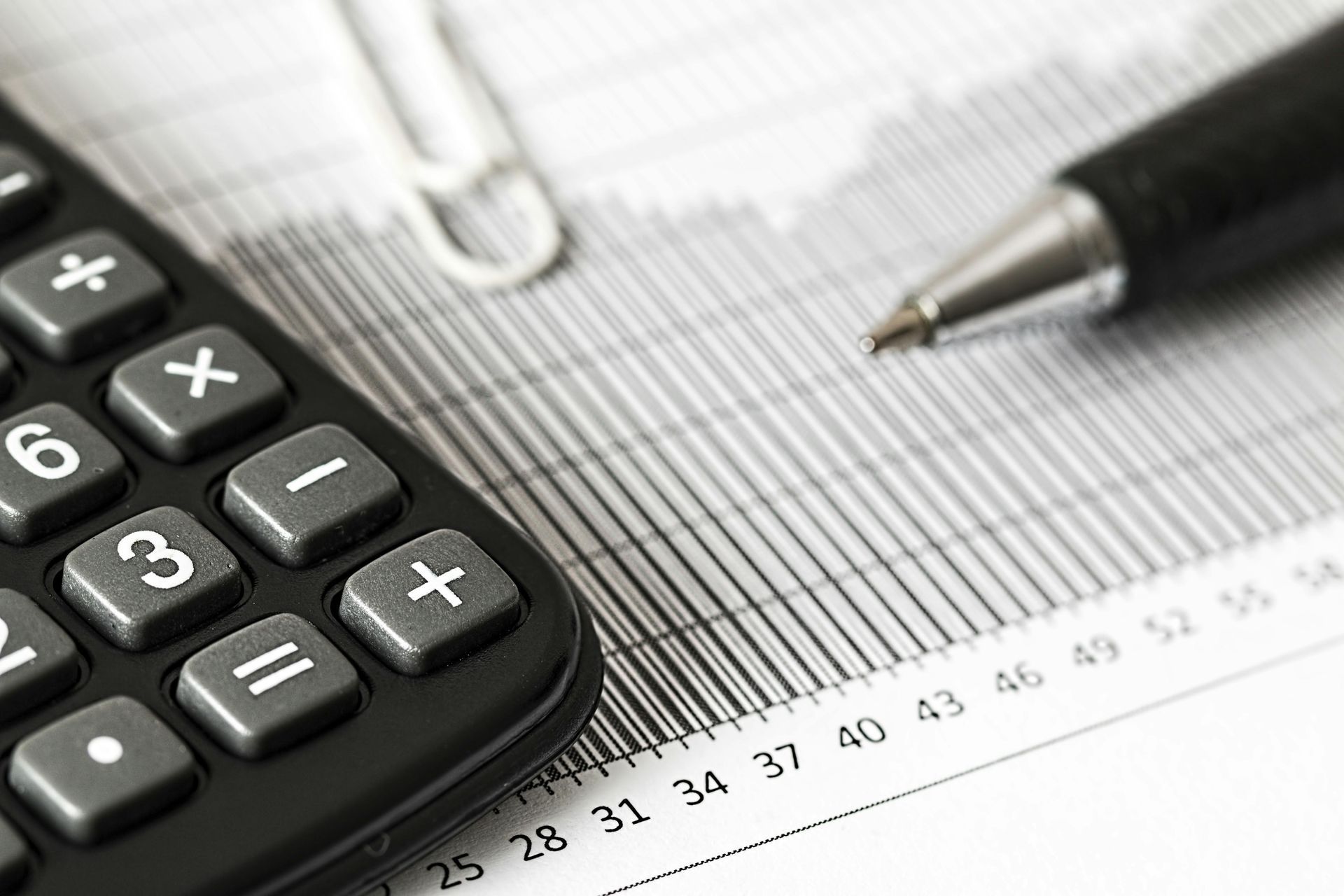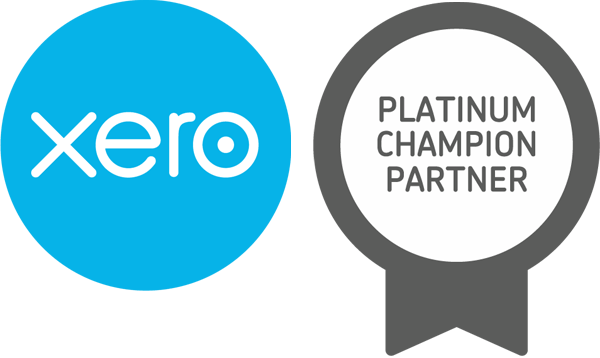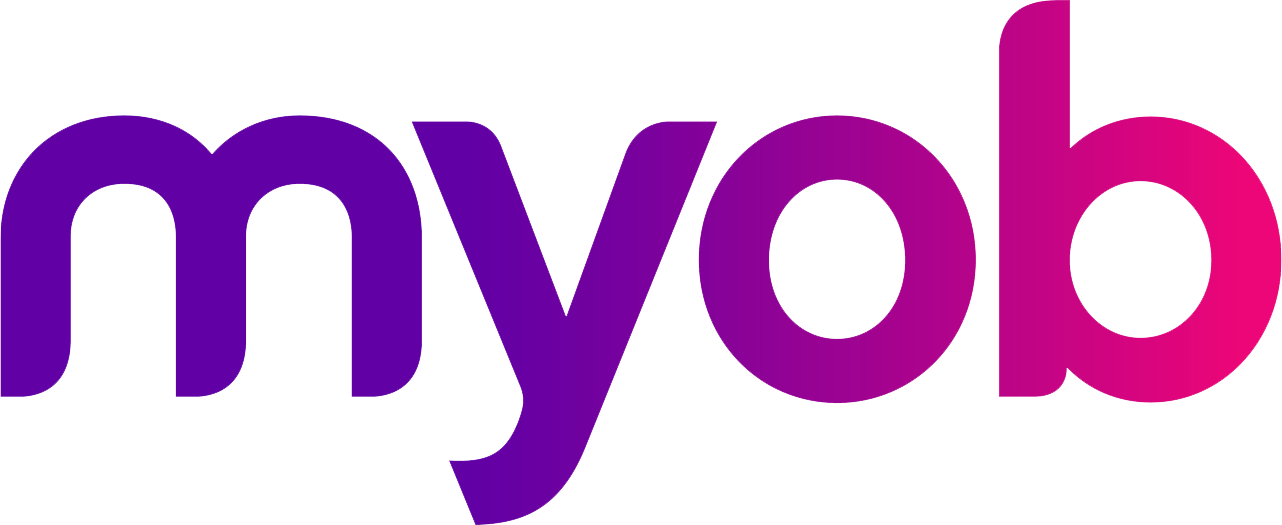Victoria's 7.5% Short Stay Levy
Victoria’s 7.5% Short Stay Levy
The Victorian Government has recently announced a new tax that will impact those that choose to rent their properties using platforms such as Airbnb and Stayz. This announcement is part of a wider housing strategy to tackle housing supply and affordability issues outlined in Victoria’s Housing Statement ‘The decade ahead|2024-2034'.
Victoria has more than 36,000 short stay accommodation places with almost half of these properties located in regional Victoria. The levy is to be set at 7.5 per cent of the short stay accommodation platform’s revenue and will start from 2025. The money raised from this levy, the first of its kind in Australia, is to be put towards Homes Victoria to support their work of providing social and affordable housing. Regional Victoria has been pledged to receive 25 per cent of the funds raised.
CoggerGurry will continue to monitor this levy and other state government taxes to help you stay abreast of any developments. This new levy will be in conjunction with state land tax which has also recently changed to lower thresholds, meaning more property owners will be caught in the land tax net. For more information about any of the above read our article on 2023-24 Land Tax Rates or view the Victoria’s Housing Statement located at www.vic.gov.au/housing-statement.









